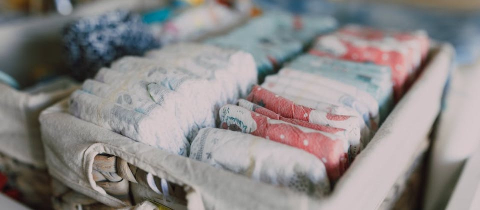Margarine is fat. It’s just a different kind of fat from butter. Whereas butter contains mostly saturated fats, margarine’s fats are unsaturated. This just refers to a slight variation in the molecular structure which does have consequences in terms of blood cholesterol levels. Essentially saturated fats increase cholesterol, while unsaturated ones in moderation do not. So if margarine is just fat, how can there be a “low fat” version? Easy. Just mix the fat with water.
If in a given volume of margarine, some of the fat gets replaced by water, the margarine can be termed “low fat” or “reduced fat.” But everyone knows that fat and water do not mix. True enough, but when these immiscible components are well shaken, the tiny water droplets become suspended in the fat. Emulsifiers can be added to prevent the water from separating.
Now for the problem. Water boils at 100 degrees Celsius, but fat does not. It can be heated to a much higher temperature! Picture what happens. The tiny water droplets convert to steam but are trapped inside the matrix of fat. As the temperature increases, the pressure of the steam builds and the volume of the water vapour bubbles tries to expand. But it can’t because of the weight of the fat sitting on top of it. Eventually, the pressure becomes so great that the steam-filled bubbles explode! You don’t want to be standing nearby when that happens because the explosion of course splatters the hot fat all over the place. This of course is also why bacon spits when you fry it, and why you don’t try to douse an oil fire with water. Not more than once in your lifetime anyway.







